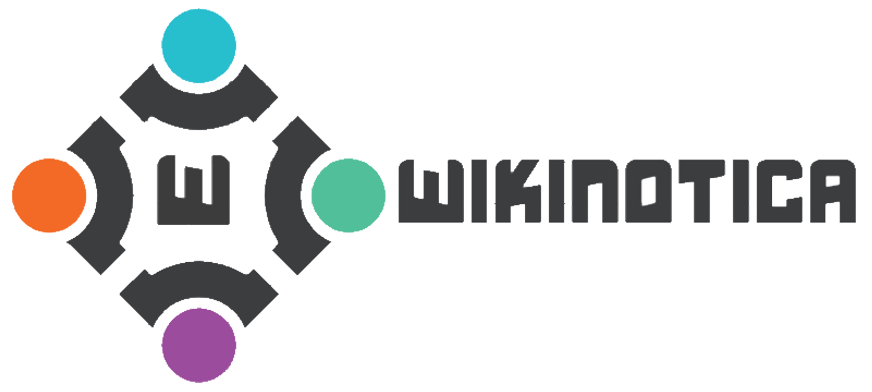Art and Expressive Therapies in Dual Diagnosis Rehab

When dealing with dual diagnosis cases, particularly among teens, treatment often requires a multi-faceted approach. A dual diagnosis involves the presence of both a mental health disorder and a substance use disorder. This complex scenario necessitates a blend of medical, psychological, and creative therapies for effective treatment. One of the promising areas in this regard is the role of art and expressive therapies.
The Science Behind Art Therapy
Art therapy is more than mere doodling; it’s a structured form of treatment that employs artistic activities to explore emotions, enhance self-awareness, and promote personal growth. For young individuals enrolled in programs like dual diagnosis treatment for teens, art therapy can provide a safe space for expression and can aid in addressing various issues like depression, anxiety, and substance abuse.
Music as Medicine
Music therapy employs melodies, rhythm, and lyrics to assist in the emotional and cognitive development of the individual. Teens, especially those with dual diagnosis, often find music relatable and a powerful medium to articulate feelings that may be too complex or stigmatizing to express verbally.

Writing as Reflection
Journaling or creative writing can also be an integral part of the treatment plan. The act of writing can be incredibly therapeutic and can help teens process their emotions, track their thoughts and triggers, and gain insight into their behaviors.
Drama and Role-playing
Drama therapy incorporates role-playing, storytelling, and improvisation to encourage emotional expression and self-exploration. Teens can develop empathy and gain new perspectives by embodying different roles, offering a unique way to confront and discuss their dual diagnosis challenges.
Evidence-Based Relevance
The integration of expressive therapies with evidence-based medical and psychological treatments is not only innovative but also supported by research. Evidence suggests that these therapies can be effective for treating conditions like depression in children and adolescents, as highlighted by guidelines from Healthy People. Moreover, it’s essential to recognize that teen depression is more than just moodiness and can be a severe condition requiring a multifaceted approach to treatment.
Family Involvement
Including the family in art and expressive therapies can be highly beneficial. It allows family members to engage in a shared activity, fostering better communication and understanding. Given the often complex and intertwined family dynamics in cases of dual diagnosis, this inclusive approach can be invaluable.
Tailoring the Approach
Just like every individual is unique, the same goes for their treatment. For teens with dual diagnosis, a one-size-fits-all approach seldom works. Therefore, a combination of therapies, including art and expressive therapies, should be custom-tailored to meet their specific needs.
Palette of Possibilities: A Colorful Journey to Recovery
In the landscape of dual diagnosis treatment, art and expressive therapies offer a spectrum of innovative possibilities. They provide a holistic, engaging, and effective means of facilitating emotional expression and psychological healing, especially when combined with other evidence-based treatments. Such therapies can be invaluable tools in the intricate, individualized, and multidisciplinary treatment plans for teens with dual diagnosis, complementing traditional methods to offer a comprehensive, empathetic, and robust path to recovery.
Also read: Health Benefits of Leafy Green Vegetables Can Benefit Your Health











